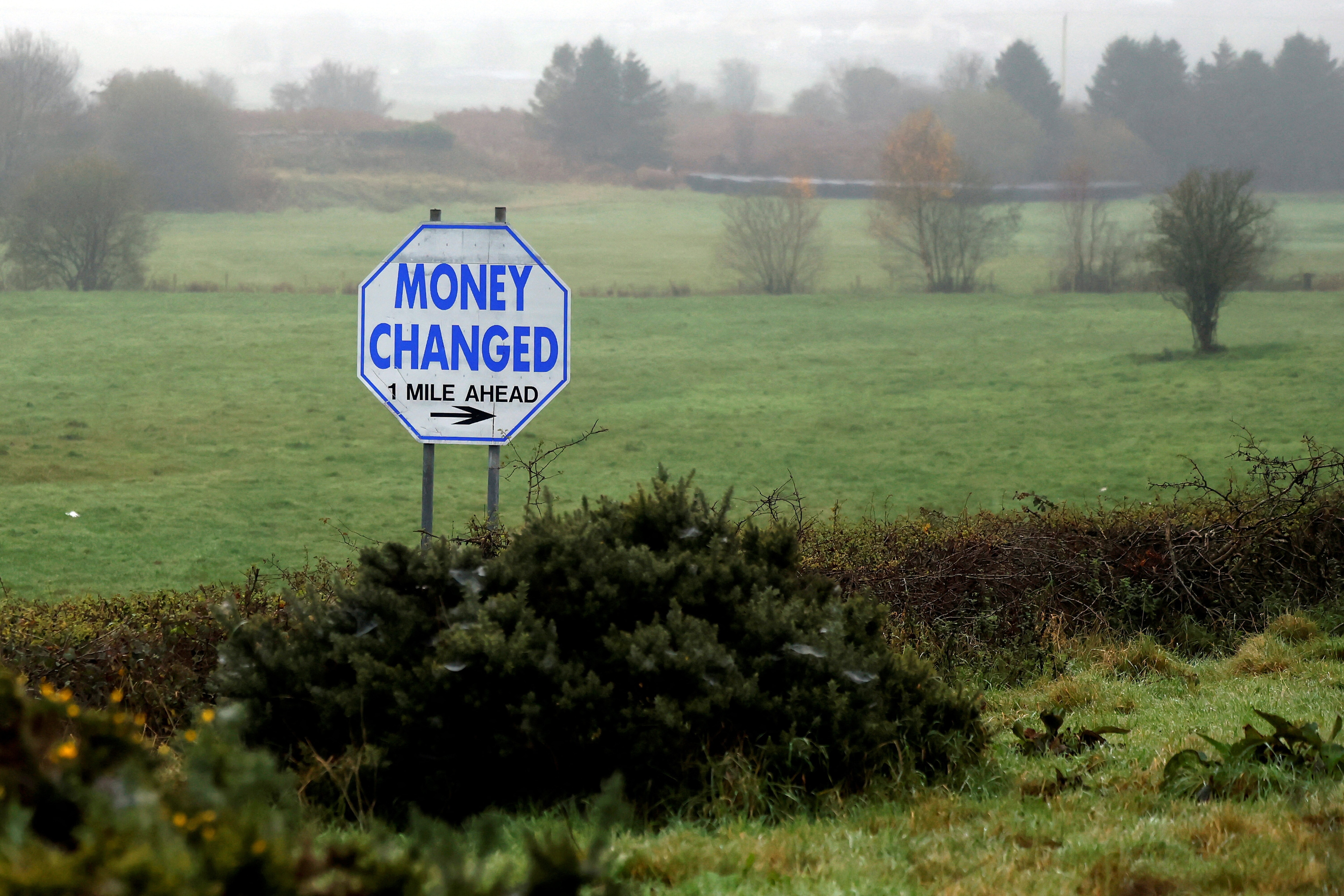In polarized America, a new divide looms

The coming wave of automation threatens to wash many jobs away. Image: REUTERS/Ann Saphir
If you’re concerned that the times we live in feel increasingly polarized, what follows might not help you feel any more relaxed. There’s yet another divide threatening to cut across the United States. It’s not about what people say, how they think or what they look like. It’s not about their beliefs, their wants or their expectations either.
Debates around the effects of the increased use of automation in the workplace have tended to coalesce around the topics of job creation and job eradication. Such discussions frequently cite the impact on specific vertical industry sectors. How badly affected will jobs in manufacturing be, for example. There has also been a lot said about the way in which the effects of artificial intelligence (AI) and automation will be felt differently around the world.
But just focusing on the effects of AI on one country – in this case the USA – demonstrates the way in which groups of winners and losers could emerge, polarizing around access to economic opportunity.
The decision by Amazon to build a new campus outside of the company's HQ city of Seattle led to a procession of cities offering incentives as they attempted to woo the giant of e-commerce and entertainment. Despite all the indications that it was a done deal, Amazon walked away from a plan to locate itself in Queens, New York City. Promises of thousands of new jobs all came to nothing, but New York is unlikely to feel as though it has missed out.
“It is critical that business take an active role in supporting their existing workforces through reskilling and upskilling, that individuals take a proactive approach to their own lifelong learning, and that governments create an enabling environment to facilitate this workforce transformation. This is the key challenge of our time,” said Klaus Schwab, founder and executive chairman of the World Economic Forum.
Opportunity distribution
The first wave of tech and automation, which began in the 1980s, changed manufacturing processes and resulted in many job losses. While the economy benefited on the whole, pockets of poverty developed. Towns that had grown around vehicle manufacturing, for example, fell into decline. The reduction in employment opportunities led to falling economic activity, growing levels of personal debt, and foreclosures of both business and domestic property.
To avoid a repeat of this in the wake of AI-driven disruption, plans will need to be put in place, argues Mark Muro, senior fellow and policy director at the research institute Brookings. In his report, Countering the geographical impacts of automation: Computers, AI, and place disparities, Muro warns policymakers against allowing an uneven distribution of opportunities.
“The data for automation exposure in the AI era show that automation impacts will be most disruptive in Heartland states, counties, and cities,” he writes. “These are exactly the same regions hit hardest by IT-era changes.
“Less-educated Heartland states and counties specialized in manufacturing and low-end service industries could be especially hard-hit by automation in the AI era, whereas well-educated states and counties along the Boston-Washington corridor and on the West Coast appear less exposed.”
Easy come, easy go
Research from Brookings indicates that the top 2% of metropolitan U.S. is already out-performing the rest of the country and that AI could widen that gap. Areas already struggling could be those that are hit hardest, yet again.
The phenomenon of the left behind classes within blue-collar U.S. is not new; the 2016 election campaign fought by President Donald Trump centred around that premise. While parts of the economy have been thriving, the last two decades have also seen the decline of the American manufacturing heartland and the hollowing out of many communities.
The gap between those who are thriving and those more focused on simply surviving may have helped propel the current incumbent into the Oval Office. But it threatens to grow into a deeper division, fuelled by the advance of next-generation technology.
This is an illustration of the potential divide in action. Those cities with a talent-rich population in close proximity to places of work, are those that are likely to weather the AI storm better than smaller metropolitan areas. But the overall impact of a growing divide has the potential to be felt beyond their immediate environs.
Don't miss any update on this topic
Create a free account and access your personalized content collection with our latest publications and analyses.
License and Republishing
World Economic Forum articles may be republished in accordance with the Creative Commons Attribution-NonCommercial-NoDerivatives 4.0 International Public License, and in accordance with our Terms of Use.
The views expressed in this article are those of the author alone and not the World Economic Forum.
Stay up to date:
United States
Related topics:
Forum Stories newsletter
Bringing you weekly curated insights and analysis on the global issues that matter.
More on Technological InnovationSee all
Jeremy Allaire
December 18, 2025









